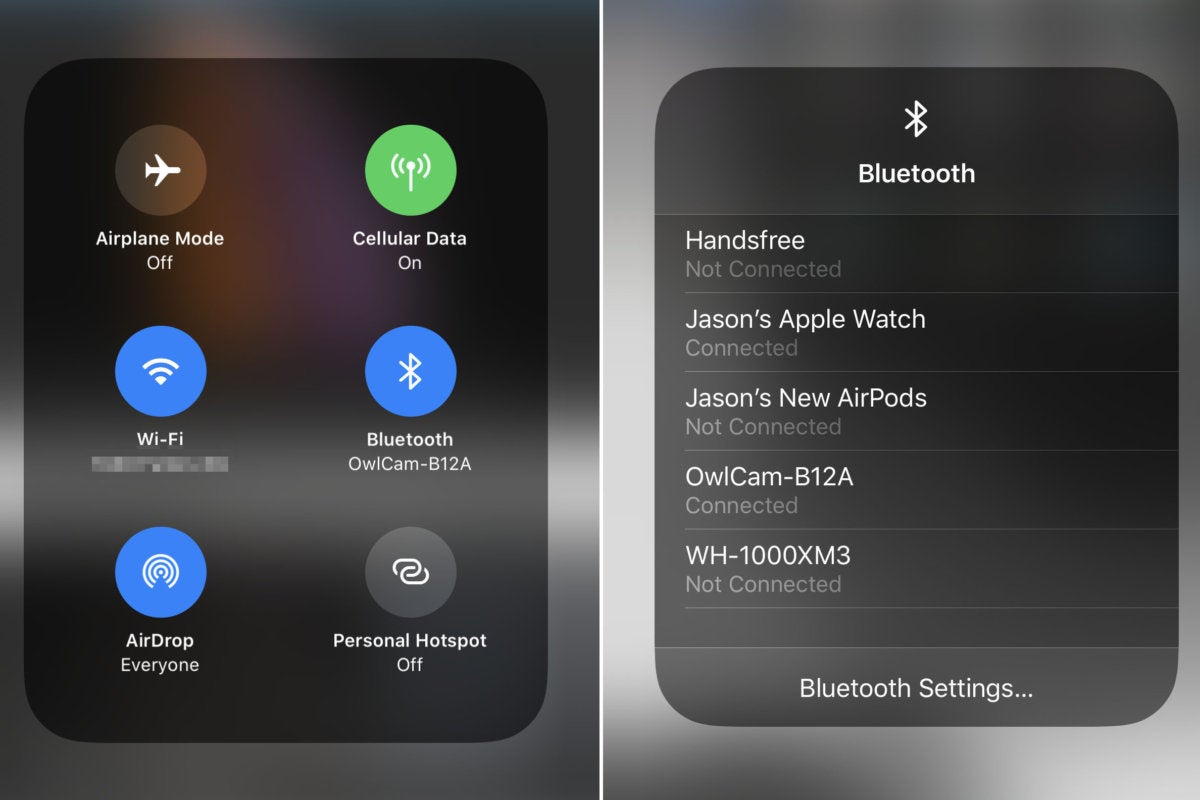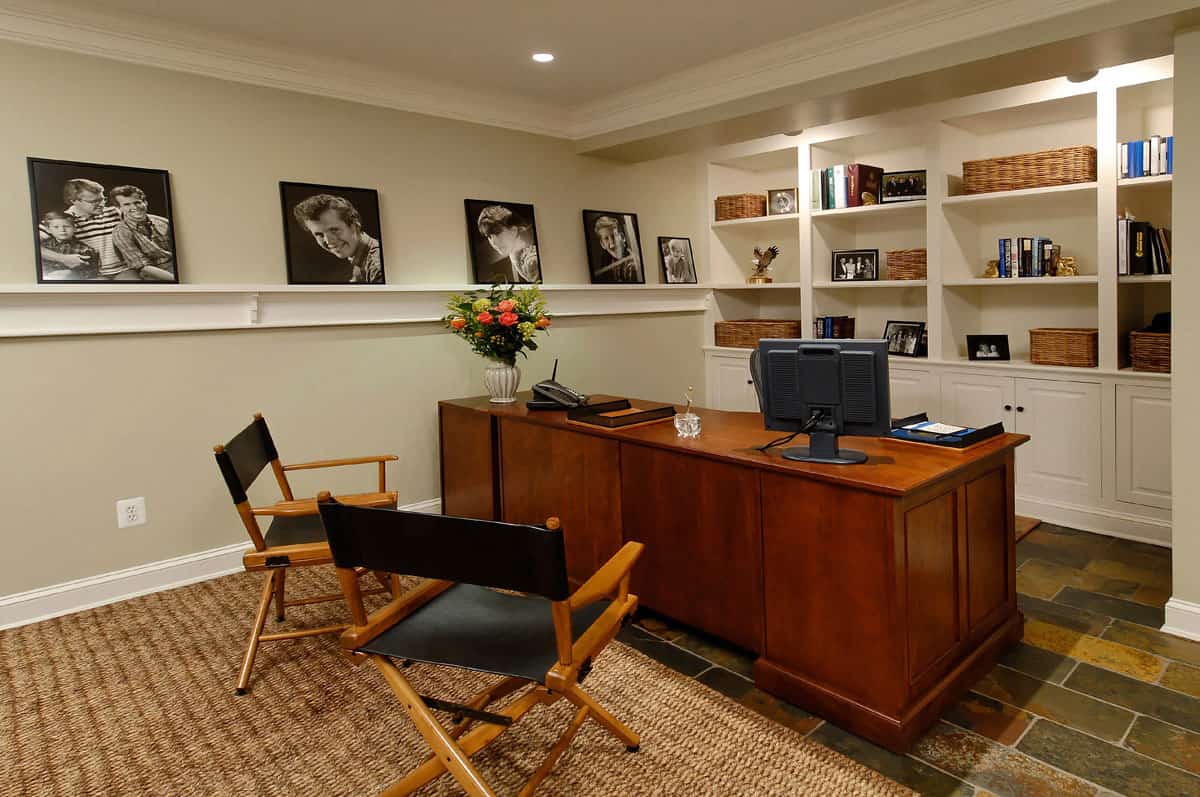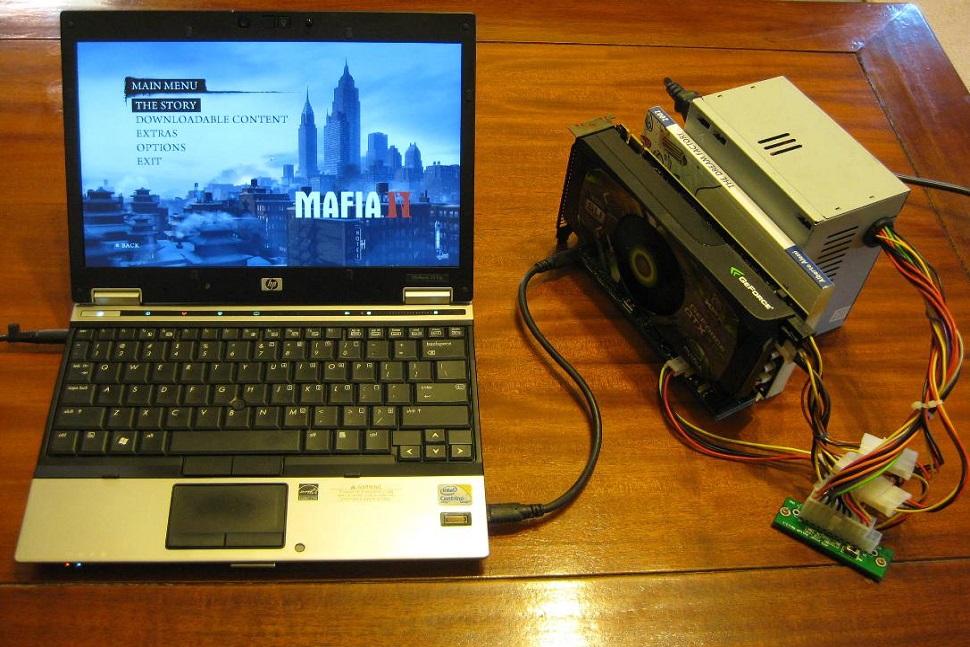Table of Content
This is actually a good choice for speakers because it’s likely that you’ll want them mounted on the wall anyway. This is what I did for my new home theater, and it looks much more professional and sleek. Measure the distance between speakers, and then add another 15-20cm of cable to ensure they’re not going to be pulled too tight when connected.
They may be L-shaped or have stairs, doors, and windows in all the wrong places. Seating may include a sofa and a variety of mismatched chairs scattered all around the room. They’re also not caves, which means that light from windows, lamps or the next room is likely to be leaking or pouring in. All of the above doesn’t mean your family and friends can’t enjoy a good movie; you just need to have different expectations than you would in a room purpose-built for a theater. The B6.2 has a powerful sound, and a matching Dolby Atmos add-on module is available. The JVC DLA-NX5 produced the best overall image of all the projectors we tested.
Roku TV Wireless Speakers Review: Should You Buy Them?
Many of today’s receivers have onscreen guides that walk you through the setup process. Use HDMI output 1 or “Main” on the receiver and HDMI input 1 on the TV. HDMI, for your cable or satellite box and for AV components like Blu-ray players and game consoles. To make sure you have the right kind of HDMI cables for 4K components, read our article onHDCP 2.2 copy protection.
This article was co-authored by wikiHow staff writer, Jack Lloyd. Jack Lloyd is a Technology Writer and Editor for wikiHow. He has over two years of experience writing and editing technology-related articles. He is technology enthusiast and an English teacher.
The Best 4K Blu-ray Player
This is where most people quit; however, the true audioholic is never done with their system. Run the THX optimizer audio tests, maybe get a full calibration on your TV. From this point on, learn more about home theater and have fun. There will be a setting for "test tones" where you can adjust channel levels up or down in your receiver's menu system . You want to set each channel so they measure roughly the same on your SPL meter. Feel free to bump the subwoofer channel up a few dB however, as most people prefer a little bass boost.

If your receiver doesn’t have HDMI pass-through, you can get an HDMI splitter and run a second cable to another HDMI input on your TV. The downside is that you’ll have to switch the input selection on your TV each time you want go from surround sound to TV speakers or vice versa. I have installed outside speakers and put an A/ B speaker switch on top of the stereo.
Wiring Your Home Theater Speakers
I wouldn't base your hook up decision on getting lossless then. Hook some of your video directly to the TV as needed. Your not going to tell anything about lossless with those speakers. I don't think the 605 upconverts to HDMI so I think your gonna have to run component to the tv or get a switcher. I believe the A2 has optical out, analog left/right out (so not 5.1?), and hdmi out. Equipment will be within a couple of feet of the wall the TV will be mounted on.
While it is often tempting to get the very biggest screen you can, choosing a TV is more of a science than simply using the "bigger is better" concept. You'll need several electrical outlets for your TV and other components, so make sure that you have plenty of power strips in your preferred area. Once you've set up your electrical outlets in your staging area, you're free to move onto the next part.The power strips should go in the same general location as your TV.
About your guide
If you want to manually double check everything, however, you can do so with an SPL meter. An SPL meter is used to measure how loud a sound is and can be purchased from radio shack for about $50. You simply point the SPL meter up at the ceiling, ear height, at the primary listening position and set it to "C-weighted" and "slow response". If all of your equipment supports HDMI, connection should be a breeze. In some cases your equipment won't have an HDMI output.

They are more affordable than projectors and are also far easier to use on a daily basis. Therefore, it’s difficult to achieve perfect contrast ratios with them since they always suffer from screen glare outdoors or when there is too much light in the room. It is also important to keep your home theater receiver and other devices like disc players and game consoles in a well-ventilated place to make sure they do not overheat and damage any of the parts inside of them. This will ensure that they keep working at their best capacity for the longest possible time before you will need to replace them.
For those looking to get started with their home theater system, knowing how to arrange the different components you’re working with is important. You need to connect your TV to your home theater receiver so that audio signals that have to pass through the TV, like those from streamed content or over-the-air broadcasted content. This ensures that the sound can be played through your audio system, which will produce significantly better sound than your TV’s speakers. Optical cables, AKA SPDIF, sound good, but may introduce audio delay to your picture, especially in older systems. There is usually an option to delay audio to sync to video output if this is the case. A High-Definition Multimedia Interface cable will allow you to transfer uncompressed video data from the devices connected to your home theater receiver to your TV.

It is set up at 20 feet or I change it to the minimum distance of the receiver? Blu-ray – One HDMI cable goes from the Blu-ray player to an HDMI input on the receiver. Wiring your home theater really doesn’t need to be a difficult task. Through my years of home theater development, I’ve found the hardest part is sorting out speakers, but this is actually quite easy once you have the terminology sorted. A final tip is to always make sure you install nail plates if wiring behind drywall.
The receiver only has two hdmi inputs and then a few component inputs. I was thinking about running the PS3 and hd-dvd player into the receiver via hdmi and the cable box into the receiver via component and digital audio cables. I wonder if the receiver will pass thru the component signal from the cable box via the hdmi cable out to the TV? The AV receiver is the hardest-working component in a home theater.

Another benefit is that you can have a more discreet home theater system since it’s not as noticeable if there aren’t many visual distractions around your TV room. LG has partnered with WiSA and has built new firmware into some of their newer TV models that allow them to communicate with a WiSA USB dongle that plugs into the TV. The dongle allows it to send sound to an external speaker or audio system with a wireless signal. As soon as you change your video input mode to the HDMI or HDMI-ARC option, any sound should also be transferred through the HDMI-ARC cable from your TV to your home theater receiver.
TV Buying Guide
If you want the most home-theater-like experience, we recommend the LG C1, our 4K OLED TV pick. It offers superb image quality with both HD and 4K sources. It also supports the leading HDR standards, so you get the best picture possible from HDR sources, and it has all the new HDMI 2.1 features you need for improved sound quality and game play. The WebOS smart-TV platform is easy to use and provides all the major video and audio streaming services. The C1 has an extremely thin and attractive design, and the TV’s Filmmaker Mode makes it easy for anyone to get a highly accurate image. Videophiles will like that the CX gives them more control over the image than competing Sony and Vizio OLED TVs do.


No comments:
Post a Comment